

0


0

FOOD
By Saswati Borthakur
2 October, 2016
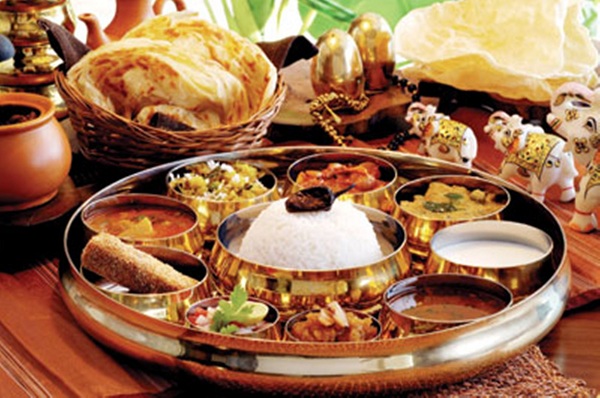
 People performing Navratri puja
Navratri, literally means 'nine nights'. During these nine nights and ten days, nine different avatars of Goddess Durga are worshipped. It is a period of piousness and spirituality. Although there are five 'navratris' in a year, the Navratri in the month of Sharad is celebrated with great fervour. But what is the significance of keeping fasts? On religious grounds, fasting is equated to the purification of the soul. This abstinence is supposed to bring us closer to the almighty and also builds willpower and self discipline. The science behind fasting is also explained in Ayurveda. Navratri falls during change of seasons. During this change, our bodies are low on immunity and thus, is more susceptible to falling sick. Abstaining from non-vgetarian food, alcohol, onion and garlic etc is a way of fortifying our immune system.
Since I have been living in Lucknow for the past few years, I can now truly understand the essence of the Navratri. Although this festival is celebrated all over India, the tradition of obeserving fasts is more prevalent in the northern and western part of India and consume only 'vrat/upwaas' food.
Listed below are some of the popular Vrat food items, given region-wise:
NORTH INDIA: Since the food items allowed during fasts differ from region to region, the preparation also varies. Here are a few popular items consumed during fasts in the north.
Kuttu ka atta (Buckwheat Flour): Poori, parantha and pakoras can be made from this. The pooris and paranthas can be had with aloo or arbi(colacassia) ki sabji.
People performing Navratri puja
Navratri, literally means 'nine nights'. During these nine nights and ten days, nine different avatars of Goddess Durga are worshipped. It is a period of piousness and spirituality. Although there are five 'navratris' in a year, the Navratri in the month of Sharad is celebrated with great fervour. But what is the significance of keeping fasts? On religious grounds, fasting is equated to the purification of the soul. This abstinence is supposed to bring us closer to the almighty and also builds willpower and self discipline. The science behind fasting is also explained in Ayurveda. Navratri falls during change of seasons. During this change, our bodies are low on immunity and thus, is more susceptible to falling sick. Abstaining from non-vgetarian food, alcohol, onion and garlic etc is a way of fortifying our immune system.
Since I have been living in Lucknow for the past few years, I can now truly understand the essence of the Navratri. Although this festival is celebrated all over India, the tradition of obeserving fasts is more prevalent in the northern and western part of India and consume only 'vrat/upwaas' food.
Listed below are some of the popular Vrat food items, given region-wise:
NORTH INDIA: Since the food items allowed during fasts differ from region to region, the preparation also varies. Here are a few popular items consumed during fasts in the north.
Kuttu ka atta (Buckwheat Flour): Poori, parantha and pakoras can be made from this. The pooris and paranthas can be had with aloo or arbi(colacassia) ki sabji.
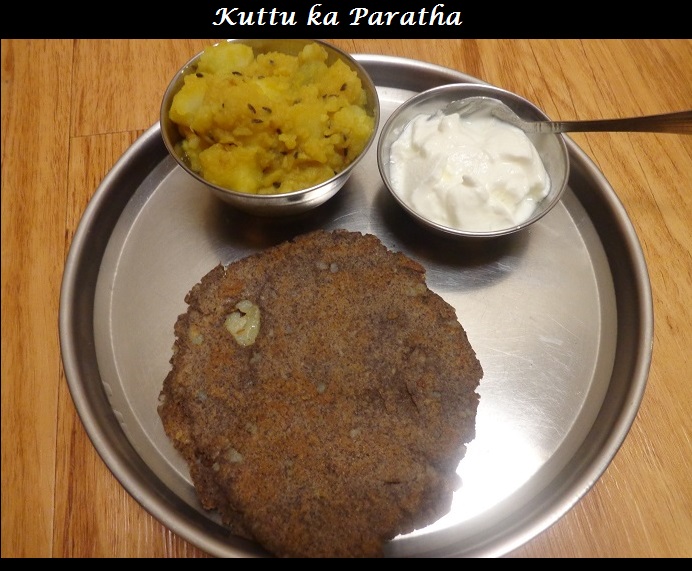 Kuttu ke paranthe served with Raita
Singhade ka atta (water chestnut flour): Poori, parantha, pakoras and halwa can be made from this flour. Personally, I prefer this to kuttu ka atta as this is more pliable.
Kuttu ke paranthe served with Raita
Singhade ka atta (water chestnut flour): Poori, parantha, pakoras and halwa can be made from this flour. Personally, I prefer this to kuttu ka atta as this is more pliable.
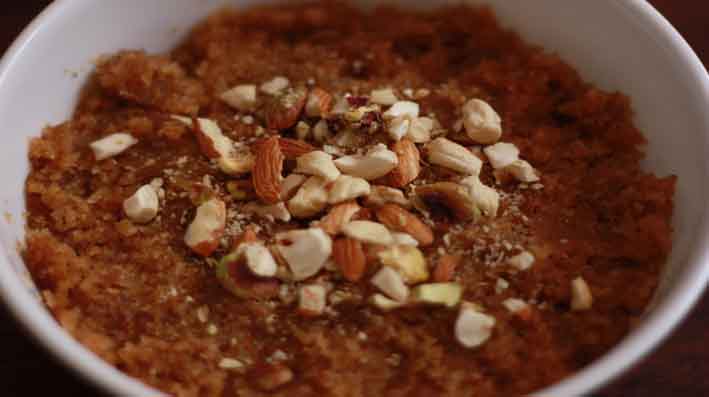 Singhade ke atte ka halwa
Roasted Makhana(fox nut): Makhana roasted in ghee alongwith peanuts, makes for a nutritious snack.
Singhade ke atte ka halwa
Roasted Makhana(fox nut): Makhana roasted in ghee alongwith peanuts, makes for a nutritious snack.
 Roasted makhana
Sabudana(tapioca) pearls: Sabudana can be made into khichdi, kheer or vadis.
Roasted makhana
Sabudana(tapioca) pearls: Sabudana can be made into khichdi, kheer or vadis.
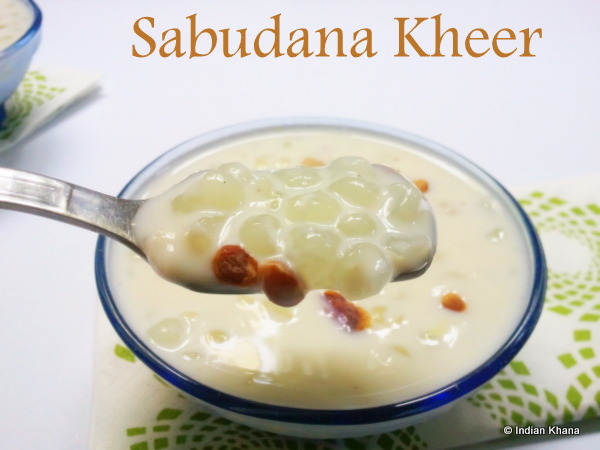 Sabudana Khee
Rajgira(amaranth): The flour can be used to make pooris, halwa, parantha etc. The whole grains can be made into a porridge.
Sabudana Khee
Rajgira(amaranth): The flour can be used to make pooris, halwa, parantha etc. The whole grains can be made into a porridge.
 Rajgira Flour Paratha
Sama ke chawal: These can be made into either kheer or pulao.
Rajgira Flour Paratha
Sama ke chawal: These can be made into either kheer or pulao.
 Pulao made from Sama ke chawal
Shakarkandi (sweet potato): This can be made into sabji, kheer, chaat or halwa.
Pulao made from Sama ke chawal
Shakarkandi (sweet potato): This can be made into sabji, kheer, chaat or halwa.
 Chaat made with sweet potatoes
Condiments that are generally allowed during fasts are cumin, sendha namak(rock salt), ginger, green chillies, coriander and mint. Also, dairy products like ghee, curd, buttermilk and some sweets like rasgulla and kalakand are allowed.
Chaat made with sweet potatoes
Condiments that are generally allowed during fasts are cumin, sendha namak(rock salt), ginger, green chillies, coriander and mint. Also, dairy products like ghee, curd, buttermilk and some sweets like rasgulla and kalakand are allowed.
 Sabudaana ni khichdi and vadi
Sabudaana ni khichdi and vadi
 Potato wafers seasoned with sendha namak.
Potato wafers seasoned with sendha namak.
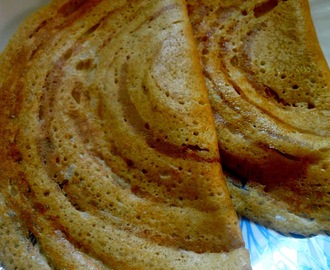 Dosa made with Sama ke chawal
Dosa made with Sama ke chawal
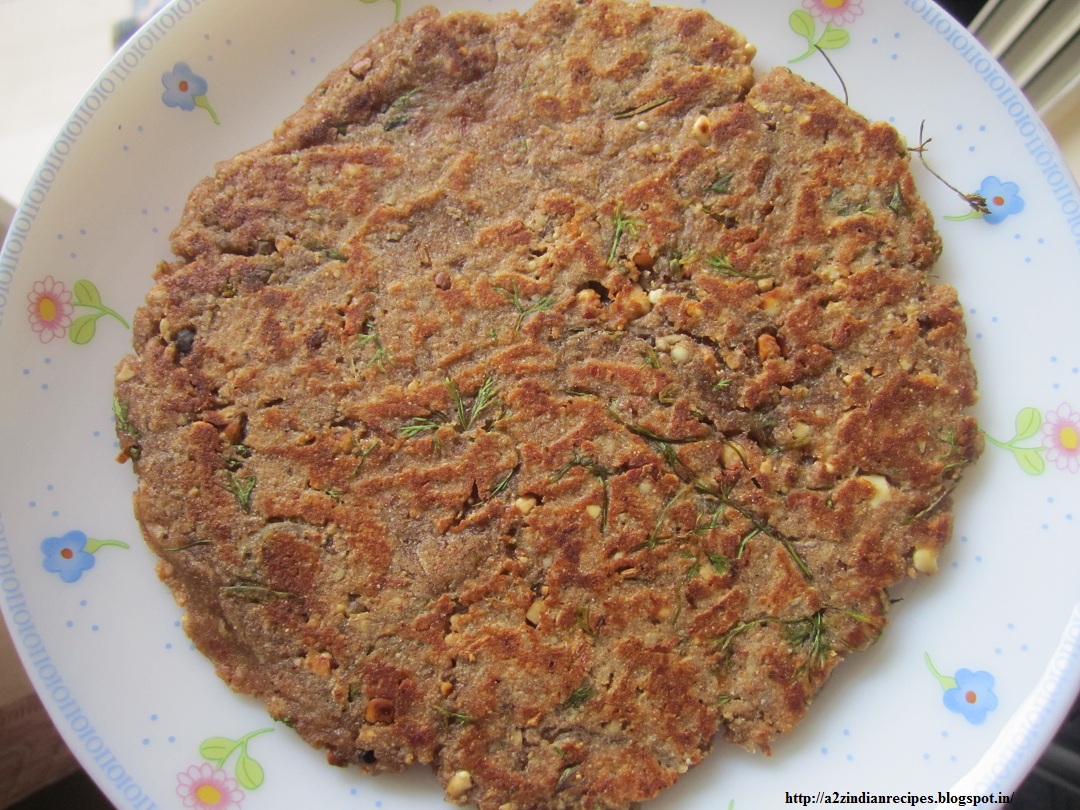 Thalipeeth- Prepared with rajgira flour
Thalipeeth- Prepared with rajgira flour
 Peanut Barfi
For all the health-conscious people, if you want to avoid the deep fried stuff, with a little creativity, you can create many dishes to your liking. Also, since there's a huge spectrum of vrat food , there cannot be a sacrosanct list. I feel, whether it is the khichudi served at Durga Puja pandals or the various foods prepared during the Navratris, they invariably turn out delicious.
Happy fasting and feasting.
Peanut Barfi
For all the health-conscious people, if you want to avoid the deep fried stuff, with a little creativity, you can create many dishes to your liking. Also, since there's a huge spectrum of vrat food , there cannot be a sacrosanct list. I feel, whether it is the khichudi served at Durga Puja pandals or the various foods prepared during the Navratris, they invariably turn out delicious.
Happy fasting and feasting.